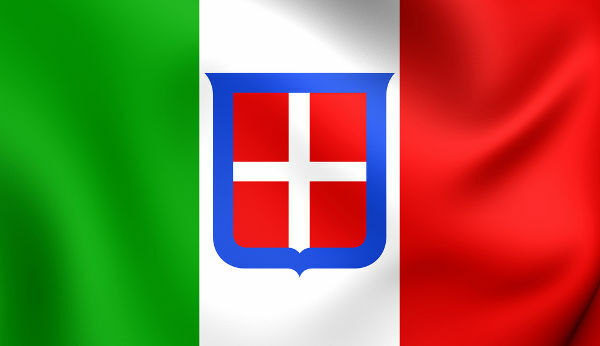Spanish King and King of Portugal and of the Algarves of this and beyond in Africa (1598-1621) born in Madrid, peaceful, pious and benevolent but weak as a ruler and indifferent to political responsibilities, his reign was a harbinger of the decline of the empire. Spanish. Son of Philip II and his fourth wife, Anne of Habsburg, or Anne of Austria. He assumed the throne at the age of 20 (1598) and married the Archduchess Margaret of Austria (1599), also known as Margaret of Gratz or Graetz. He appointed as head of government Francisco Gómez de Sandoval y Rojas, Marquis of Denia and later Duke of Lerma, fleeing from monarchical obligations and preferring to devote himself to religious activities. Named D. Cristóvão de Moura Viceroy of Portugal who had been elevated to Marquess of Castelo Rodrigo.
Motivated by the Inquisition and by Spanish fanaticism, he did not forgive them their origins, he published an edict (1609) definitively expelling them from Spain. descendants of the Moors, a fatal measure for the peninsula, which lost close to a million of its most productive inhabitants and ruined its agriculture and its industry. Especially in the kingdoms of Valencia and Aragon, the middle classes of those cities were ruined which reached the feudal aristocracy, bringing disastrous economic consequences for the country In foreign policy, he faced the Ottoman Turks and Venice, but maintained a policy of conciliation with the rest of Europe.
After an ill-fated visit to Portugal (1619), without doing more than inflicting great expense on his Portuguese subjects, he left the Portuguese people extremely discontented. On leaving Portugal he fell seriously ill in Covarrubias, and he no longer recovered and died in Madrid. In his reign the reform of the Ordinances of the kingdom was published, which he dealt with right at the beginning of his reign; although it was already completed (1597), it was only published six years later (1603). These are the well-known ordinations called Philippines, which in the order of times were preceded by those called Afonsinas and Manuelinas. He was replaced by his son Philip IV of Spain and III of Portugal.
Source: Biographies - Academic Unit of Civil Engineering / UFCG
Do not stop now... There's more after the advertising ;)
Order F - Biography - Brazil School
Would you like to reference this text in a school or academic work? Look:
SCHOOL, Team Brazil. "Philip III of Spain"; Brazil School. Available in: https://brasilescola.uol.com.br/biografia/filipe-iii-espanha.htm. Accessed on June 27, 2021.

